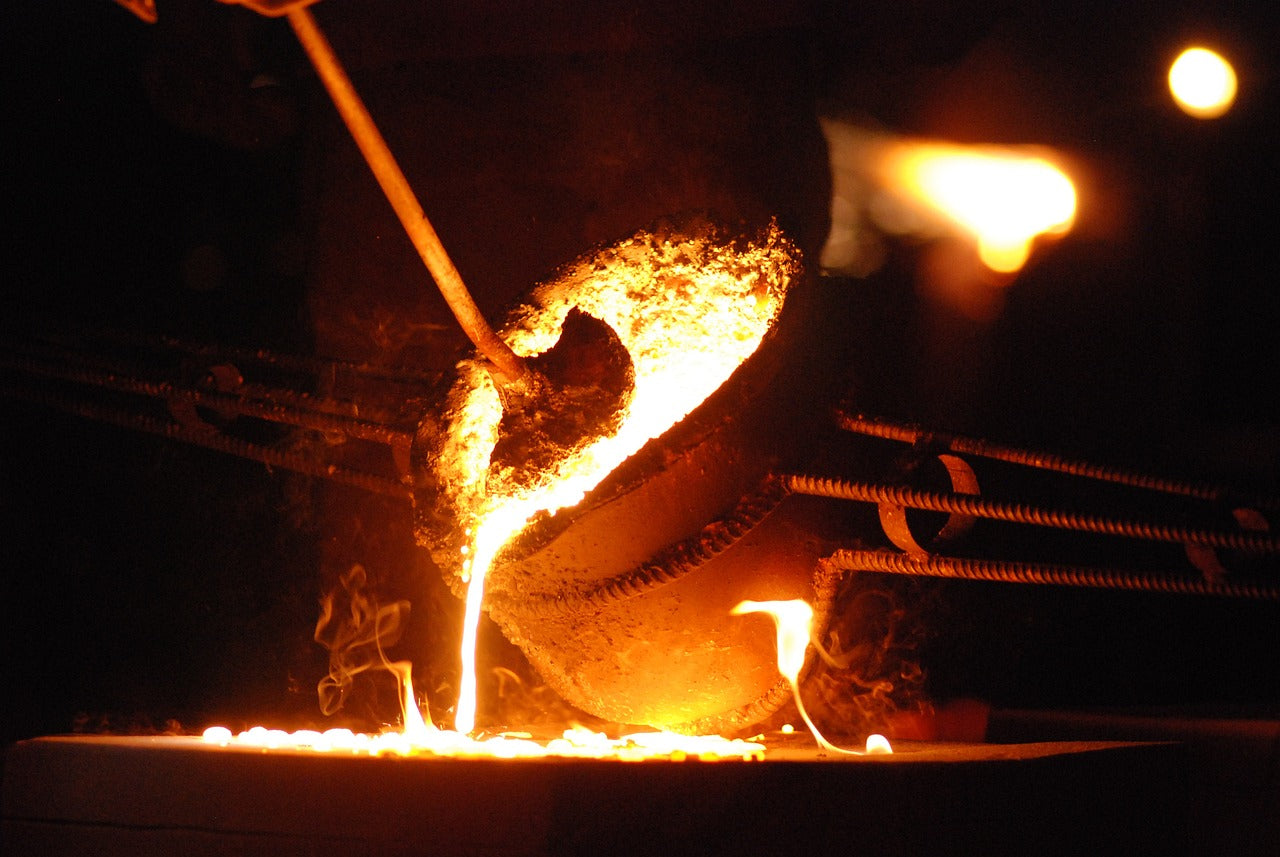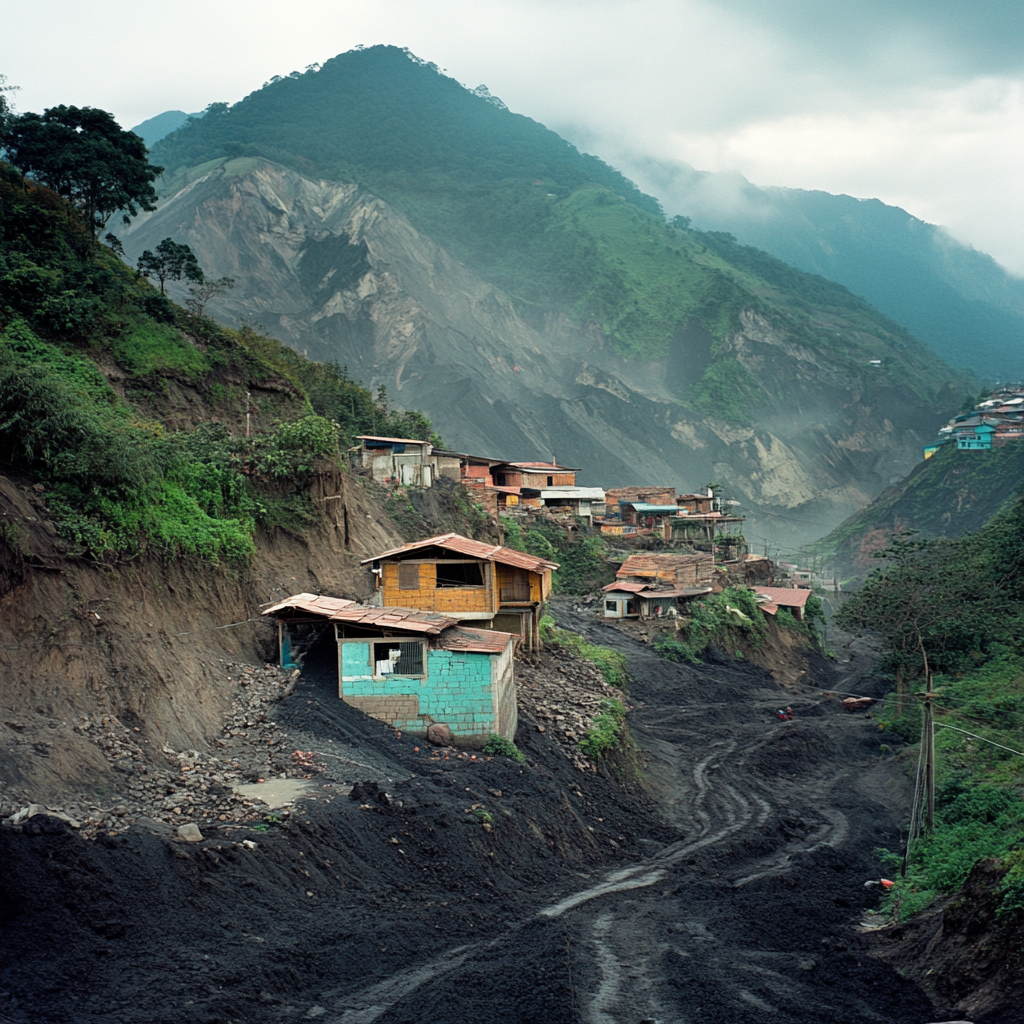In light of this ongoing reality, the Colombian government is striving to contain violence and regulate a chaotic industry. Despite these efforts, corruption and criminal infiltration hinder progress. Several initiatives aim to regulate the sector and improve living conditions for affected communities, such as the formalization of small mines and targeted operations against the cartels and armed groups that exploit this market. An origin certification system has also been established to promote traceability of emeralds and combat money laundering. Additionally, local development programs and awareness campaigns seek to provide economic alternatives and inform communities about the dangers associated with illegal mining, which remains prevalent today.
Today: The Emerald's Green Still Harms
The violence surrounding the Colombian emerald industry has resurfaced with alarming intensity. In August 2024, two prominent figures in the precious stone trade were shot dead in Bogotá, victims of a sniper and a hitman. This escalation of violence highlights the lack of control by authorities over the extraction and trade of emeralds in Colombia. Meanwhile, local communities, often caught in the turmoil of these rivalries, suffer from an ever-present fear that deeply affects families and social relationships.
Just a few kilometers away, in Muzo, the world's emerald capital, hundreds of guaqueros flock daily to sift through piles of earth discarded by foreign mining companies, searching for emeralds. These treasure hunters, armed with bags and shovels, hope to find a gem that could change their lives. However, after hours of searching, the reality often proves harsh: many return home empty-handed, trapped between the dream of quick wealth and a life marked by poverty.

The Dark Side of Mining Exploitation
Mining in impoverished countries causes significant social damage, often hidden behind the illusion of wealth. Approximately 70% of emeralds extracted in Colombia come from illegal mines, according to recent reports from NGOs (Human Rights Watch, reports on natural resources). Workers, in search of quick fortune, often find themselves trapped in precarious conditions, facing poverty and insecurity. Additionally, around 10,000 children are reported to be working in the mines and quarries extracting emeralds, gold, and coal (International Organization for Migration). Conflicts between criminal groups exacerbate these hardships and devastate the social fabric of communities. Thus, the stones extracted from these mines symbolize not only potential wealth but also sources of violence, exploitation, and environmental degradation, making their purchase and trade morally problematic.
The consequences of emerald extraction in Colombia are alarming. Massive deforestation, the use of toxic chemicals, and waste threaten the environment and biodiversity of the regions where the mines are located. Investigations indicate that internally displaced people continue to suffer from the indirect consequences of emerald extraction, including loss of land and environmental degradation, forcing them to leave their ancestral homes.
Thus, if consumers continue to purchase emeralds from mines, several serious consequences may persist:
- Exploitation of Workers and Children: A significant number of children are engaged in exploitative conditions due to various concerning socio-economic factors. Often coming from disadvantaged backgrounds, families are compelled to send their children to work to supplement inadequate incomes. Furthermore, criminal networks and armed groups may recruit these young individuals to perform tasks in the mines, exposing them to particularly dangerous environments and depriving them of educational opportunities.
- Ongoing Violence: Emeralds are at the heart of violent conflicts among various actors, including paramilitary and criminal groups fighting for control of the mines. The continued demand for emeralds from these conflict zones can indirectly support illegal activities and fuel local instability.
- Forced Displacement and Loss of Ancestral Lands: Local communities, often rural, are frequently expelled from their lands to make way for mining operations. This leads to the destruction of their traditional way of life and plunges them into precariousness.
- Environmental Degradation: Unregulated or illegal mining contributes to severe environmental degradation, adversely affecting local ecosystems, polluting rivers and soils, and destroying biodiversity.
By choosing jewelry adorned with cultured emeralds from AGUAdeORO, you support an ethical jewelry brand that prioritizes sustainability, reduces environmental impact, and contributes to a more transparent industry. Each lab-created stone helps preserve local communities and fragile ecosystems while ensuring complete traceability, free from the conflicts and violence associated with traditional mines.
Founded in 2009, AGUAdeORO is a jewelry store based in Geneva and Zurich, offering its customers the opportunity to purchase ethical jewelry made in Switzerland. Our aim is to offer jewelry that combines sustainable development and elegance.
(Image sources: Images created by artificial intelligence)





